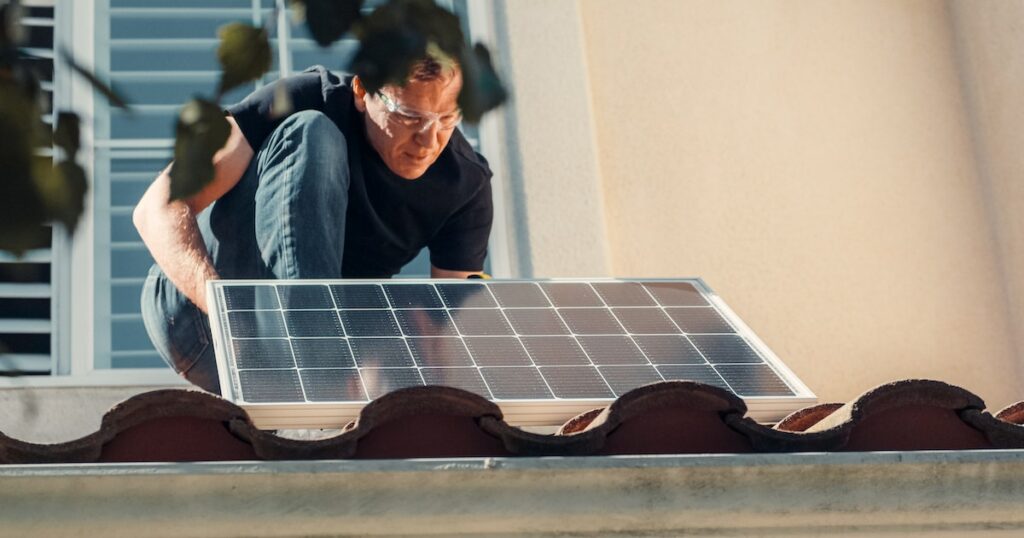Learn Everything You Need to Know About the Solar Tax Credit

How to Apply for a Solar Tax Credit
You must own your home (not lease or rent it) and pay enough federal taxes (tax obligation) to offset the Residential Clean Energy Credit to qualify for the solar panel tax credit. For example, if you paid $10,000 to put solar on your primary property in 2022, the 30% Residential Clean Energy Credit would entitle you to a $3,000 tax credit. Prior to receiving the solar tax credit, you must have owed at least $3,000 in federal taxes. If you owed more than $3,000, the Residential Clean Energy Credit would reduce your debt.
If your tax liability for that year were less than $3,000, the Residential Clean Energy Credit would remove it. Furthermore, imagine you owe less than your whole Residential Clean Energy Credit savings for the year you install your solar system. In that case, any remaining credits can be “rolled over” to the following year, ensuring their value is not lost.
For example, if you were eligible for a $6,500 tax credit but only owed $4,000 that year, you would erase your tax payment for that year, and you would be entitled to deduct an extra $2,500 from your tax payment the next year as well. You can still claim the solar tax credit even if the solar energy system is not installed in your primary residence.
You can still claim a portion of the credit on your taxes if you own the property and live in it for part of the year. However, you cannot claim the solar energy tax credit if you install solar on a property exclusively for investment purposes, such as one that you rent out full-time.
How to Claim the Solar Panel Tax Credit
Note: Palmetto is a solar expert, but everyone’s tax situation is different, so don’t hesitate to contact a tax expert to establish what’s best for you. However, if you’re wondering how to file for a solar panel tax credit, here’s a general explanation of how homeowners can claim their Residential Clean Energy Credit:
1. Determine Eligibility – Make sure you have enough tax liability to claim the federal Residential Clean Energy Credit to reduce your tax liability.
2. Fill out IRS Form 5695 – This form is available online and confirms your eligibility for renewable energy credits. 3. Add The Credits To Your 1040 – After determining your solar Residential Clean Energy Credit credit information from Form 5695, apply for that number on your Form 1040 to lower the amount you owe.
Can I claim the Solar Tax Credit more than once?
The solar tax credit can only be claimed once for your solar power installation. You may be eligible to roll over an unused amount of your tax credit for up to five years if you are unable to claim it in a single tax year.
Furthermore, if you add new equipment to an existing solar installation, you may be eligible to claim a tax credit for the additional installation costs. In general, because each scenario is different, we always recommend that consumers consult with a tax specialist regarding any specific tax credit questions.


